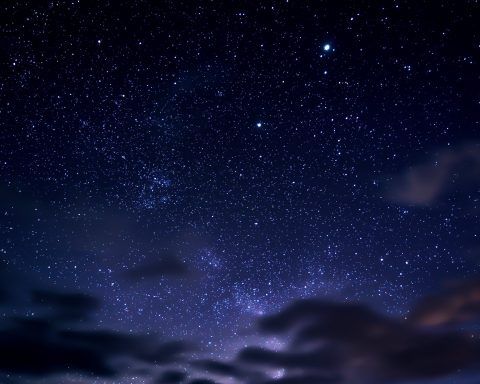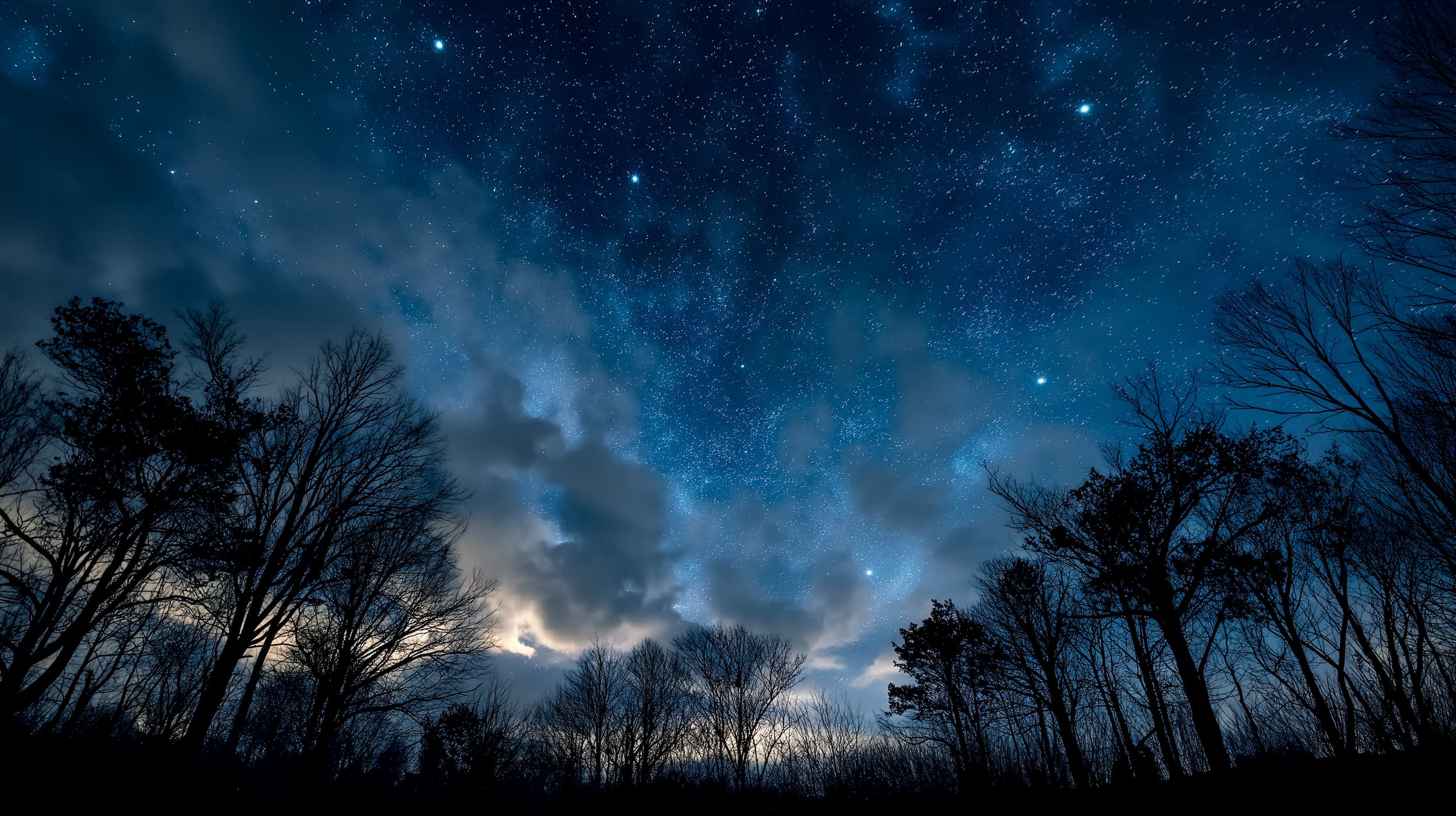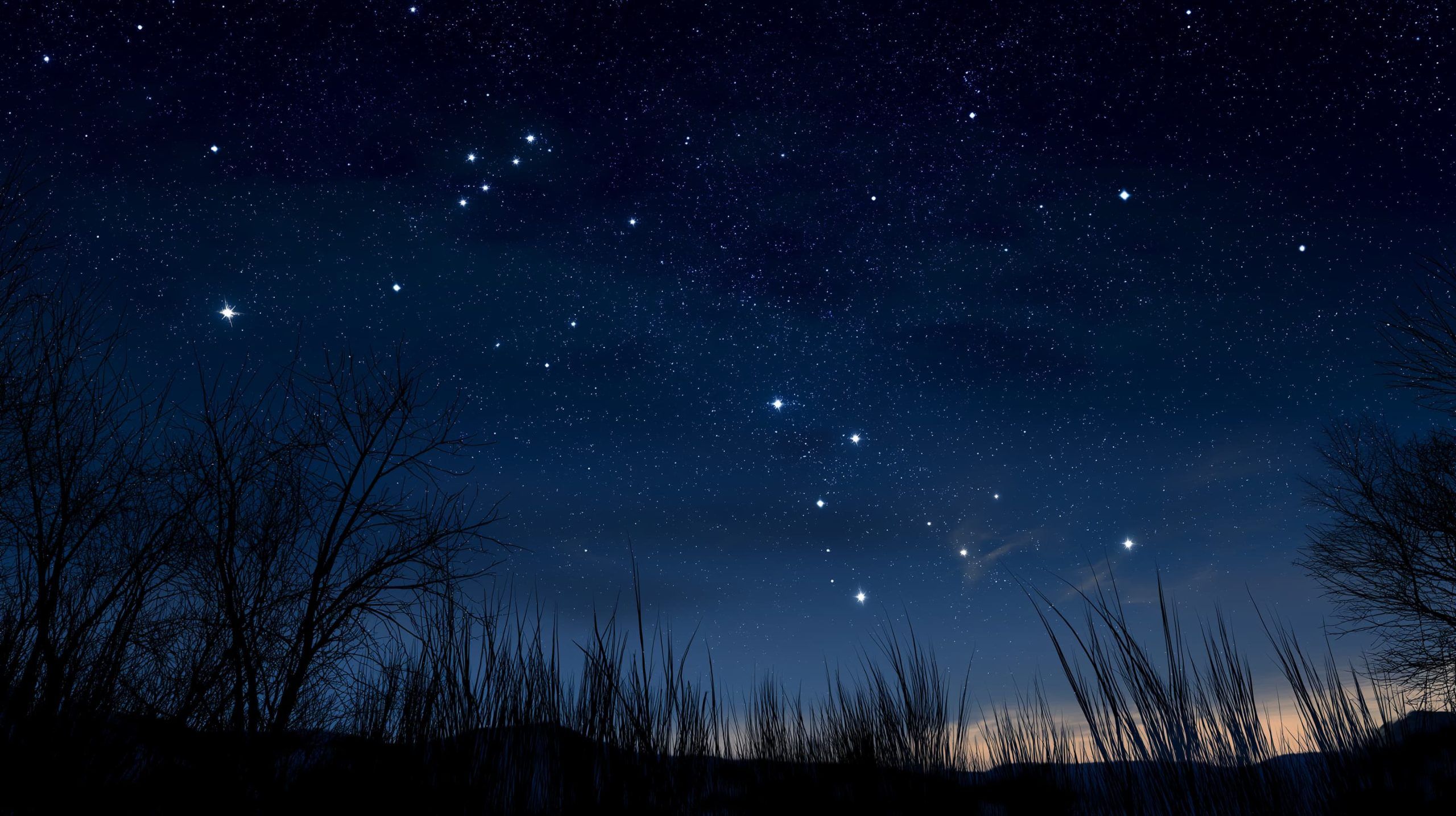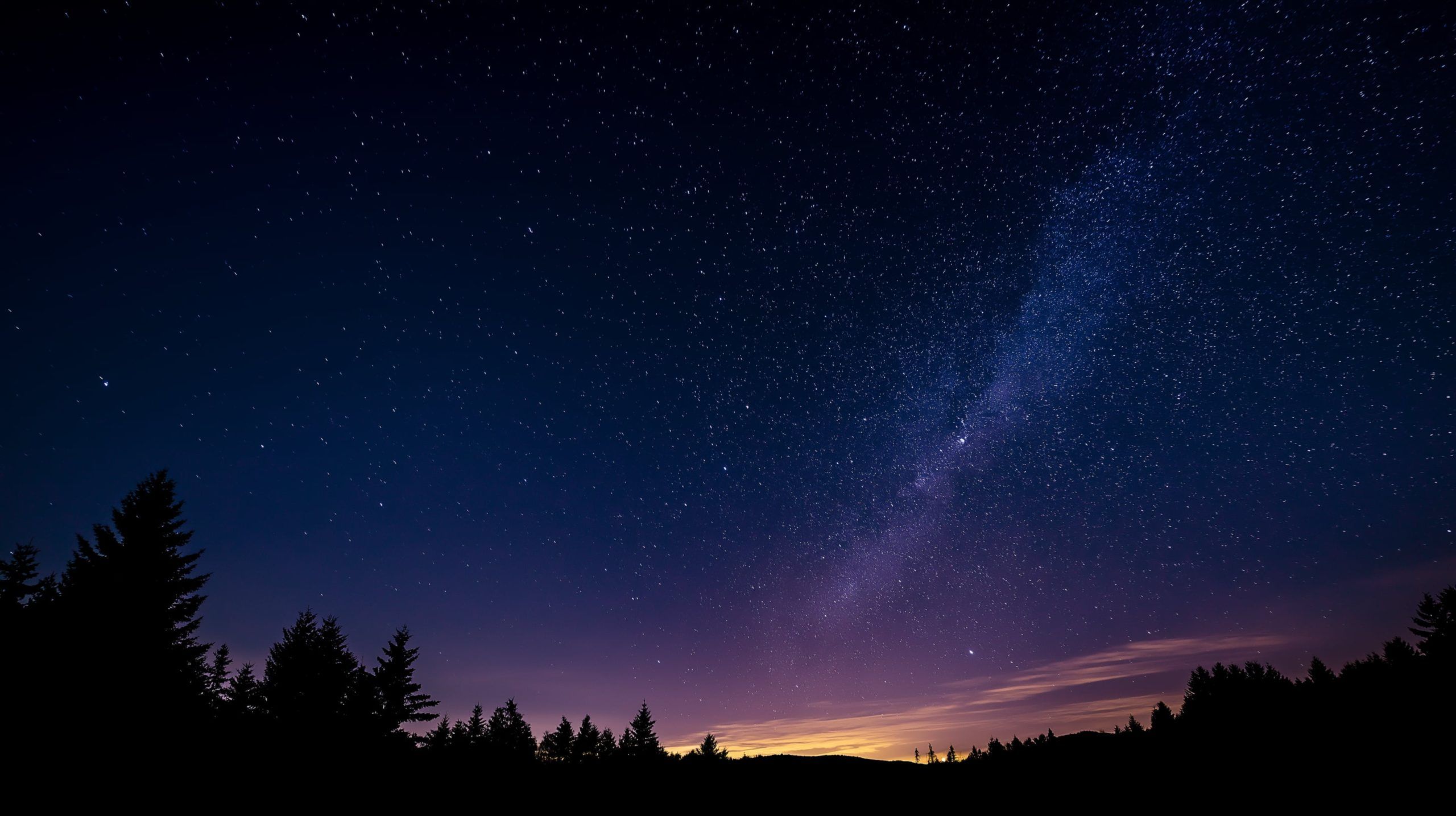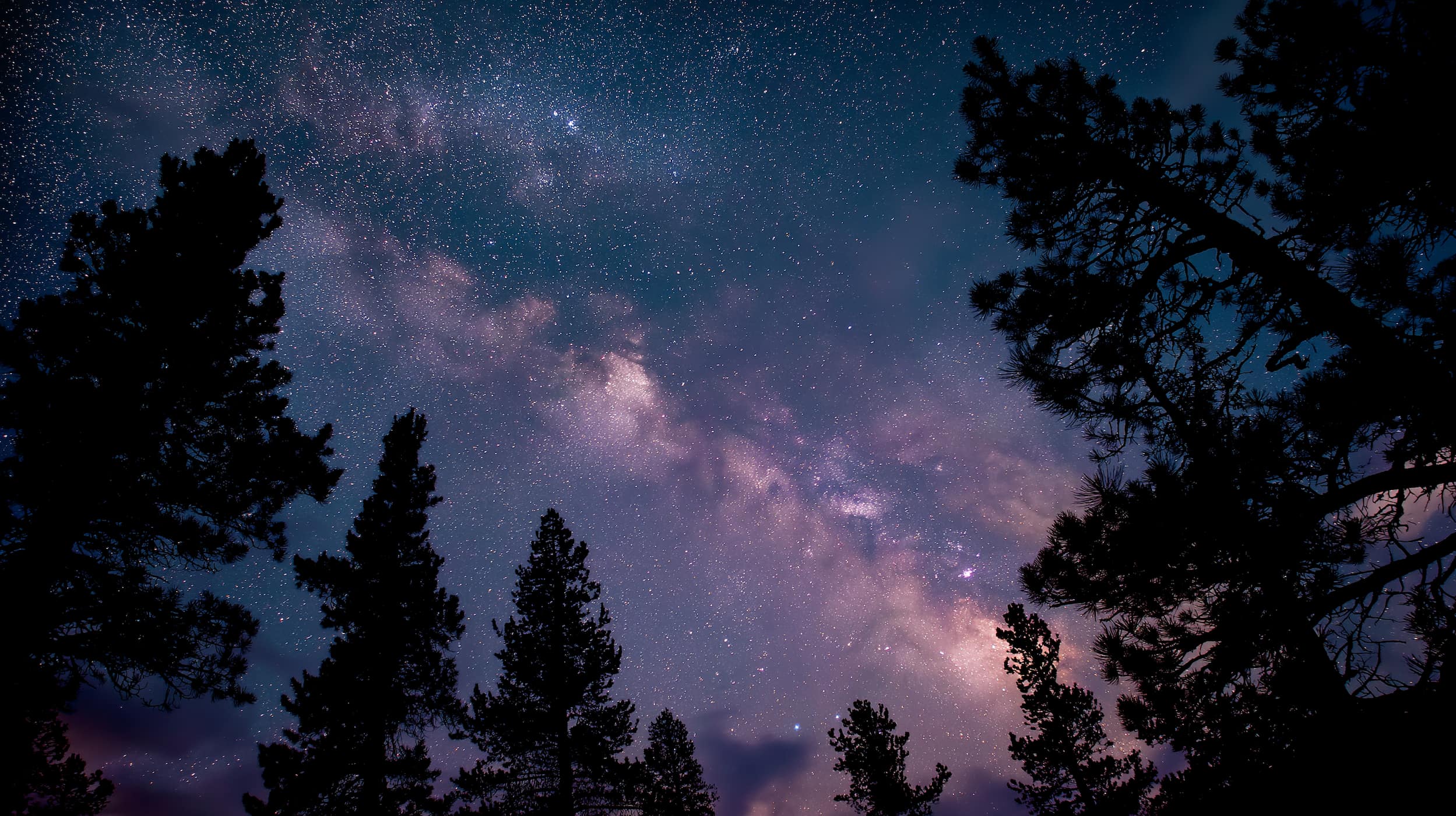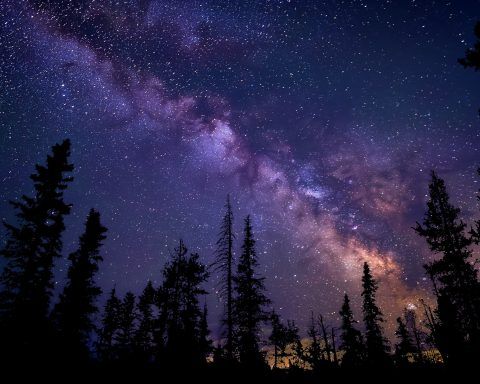
Skywatch Alert: Harvest Supermoon, Meteors & Auroras Light Up Oct 6–7, 2025
Key Skywatch Highlights (October 6–7, 2025): The Harvest Supermoon of October 6–7, 2025 Illustration: A comparison of a supermoon at perigee vs. a micromoon at apogee, as seen from Earth. The Oct. 6 full moon occurs near lunar perigee, making

